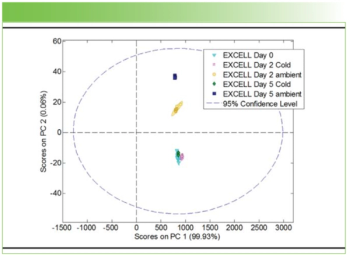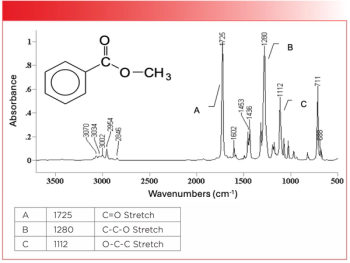
IO Informatics and Sage-N Research Partner to Discover Potential Biomarkers and a Microbial Detection System
IO Informatics (Berkeley, California) recently entered into a strategic partnership with Sage-N Research, Inc. (Milpitas, California).
IO Informatics (Berkeley, California) recently entered into a strategic partnership with Sage-N Research, Inc. (Milpitas, California). This partnership includes the integration of Sage-N's SORCERER Enterprise with the IO Informatics' Sentient software suite. The combination of these technologies creates a Semantic application framework that has been used to quickly develop a specialized, large-scale application that leverages mass-spectrometry based proteomics with content enrichment, interoperability, and flexibility with semantic data integration.
Sage-N’s Ali Pervez, vice president of marketing said in a statement, "One application of this novel approach is to identify peptides from different microorganism with common mechanism of actions, and to categorize them as potential biomarkers, and it also has the capability to detect microbial threats prior to onset of disease symptoms."
The alliance was announced at the Human Proteome Organization (HUPO) 8th Annual Conference: The Future of Proteomics in San Francisco, California. Using customer data and the newly combined technologies, Dr. Erich A. Gombocz, CSO of IO Informatics, highlighted the workflow in a talk entitled, "A Novel Approach to Recognize Peptide Functions in Microorganisms: Establishing Systems Biology-based Relationship Networks to Better Understand Disease Causes and Prevention."
"Future applications of this technology will enable automated screening for biological threats, to characterize origin and type of disease and to develop preventive measures (drugs or vaccines) effective for several classes of microorganism," said Robert Stanley, president of IO Informatics.
Newsletter
Get essential updates on the latest spectroscopy technologies, regulatory standards, and best practices—subscribe today to Spectroscopy.




